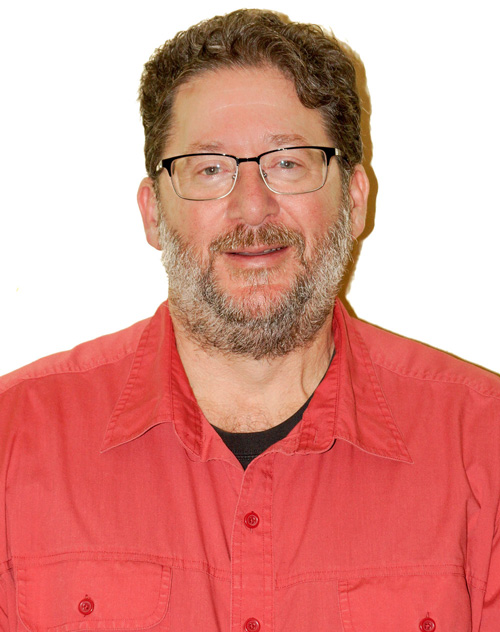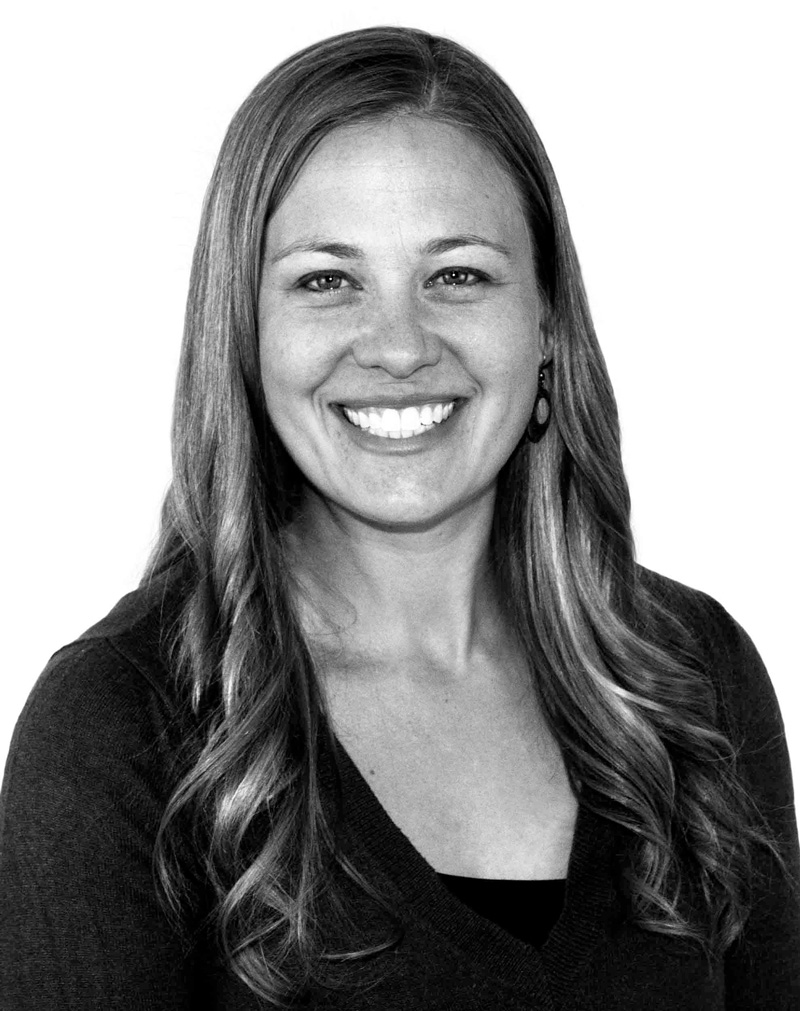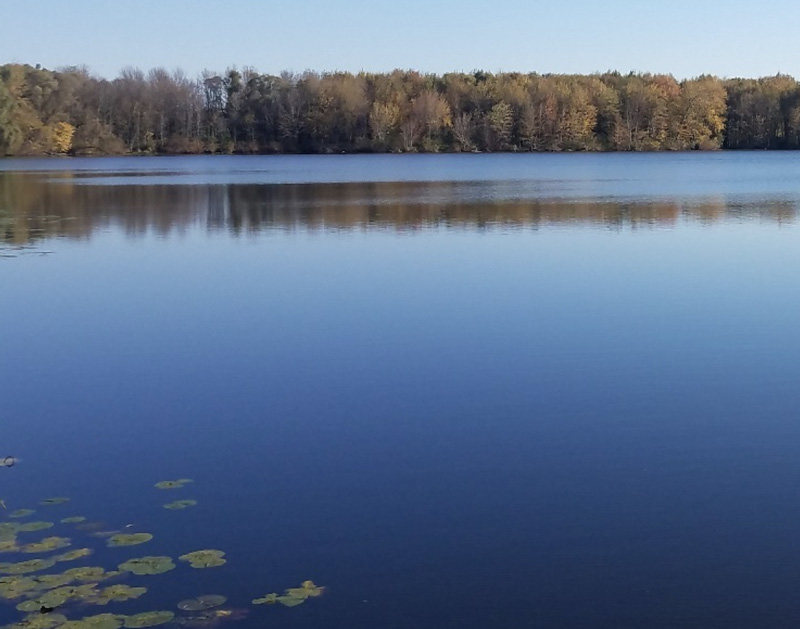UPDATED MAY 2, 2024
NOW AVAILABLE
Slide Presentation from the April 25, 2025 MCLA Meeting
An update on Carstens Lake project by Lakeshore Natural Resources Partnership (LNRP) and Stantec.
view April 25, 2024 presentation
Carstens Lake Water Quality Improvement Project
Proposed Sedimentation and Treatment Basin with Sorption Technology
April 2024 Project Update
At the MCLA meeting on April 25, 2024, Sara Majerus of Stantec discussed changes to plan as the project has progressed, the project schedule, and present research updates. Regarding the slag filter system, a change from slag media to Phosflow from Australia may occur. Phosflow is more expensive but is lighter and has shown better results. Disposal of the product is strictly to a landfill site at this time. They are looking at July or August for construction of the device/apparatus for the Phosflow bags. In 2027, results will be reviewed, along with options for proceeding. View a detailed design and project schedule in this presentation.
November 2023 Project Update
On 11/20/23, Stantec and LNRP met with the DNR and Army Core of Engineers regarding future permits needed. The scrape is done and planted. Due to the soft soils, the excavator has done some of the work with a long-reach hoe and pads. The final cost of the project is appearing to be in the $500,000 range and paid for with grants. Slag filter system is being designed.
October 2023 Project Update
The wetland scrap portion of the water quality improvement project was started in late September 2023.

April 27, 2023 Project Update
Grants for the project now total approximately $450,000. A sediment scrape east of Pine Creek and in the basin west of pine creek is planned to increase both retention time and watershed capacity. This will be good for habitat and animals. Since Pine Creek high water events are currently diverted into the basin, the outlet structure is planned to have slag filters to capture and store phosphorous with the goal of reducing incoming phosphorous by 20%. This project, if successful, will help other lakes in the future. Six interns are being hired to collect samples on Pine Creek this summer, testing for E. coli and phosphorous, among other things.
Lakeshore Natural Resource Partnership (LNRP) and partners at Stantec and the UW–Stevens Point are working on a design for water quality treatment along Pine Creek, a direct tributary to Carstens Lake. The project was initiated as a result of a 3-year study by MCLA (2012-2014), which identified high levels of phosphorus (>40 ppb) in Carstens Lake. The subsequent 2018 Carstens Lake Comprehensive Management Plan recommends offline structures adjacent to Pine Creek for water quality treatment to mitigate phosphorus loading in Carstens Lake, and was the catalyst for this project.
Read the LNRP Project Update May 2023.
Partners are proposing to construct an offline sedimentation basin, which will attenuate high stream flows and allow particulate solids and nutrients to settle in the basin. Secondary treatment will be provided by implementing sorption technology in the outlet berm that will capture reactive phosphorus prior to discharge back into Pine Creek and eventually Carstens Lake. The sorption technology, developed by Professor Kyle Herrman at UWSP, uses steel furnace slag to remove dissolved phosphorus from the water stream.
UW-SP and Wisconsin Department of Natural Resources environmental toxicologists are in the process of reviewing the slag material for field application. UW-SP is waiting on conditional approval from WDNR. Pending WDNR approval and additional grant funding, construction is anticipated to move forward in late 2022 or early 2023, and sorption technology will be installed in Spring 2023.
A meeting outlining this project took place 6/30/22 at the Newton Town Hall, 6524 Carstens Lake Road, Manitowoc • 6:30pm
Read The Valders Journal Coverage of this Meeting
published July 7, 2022 • Your hometown news! Subscribe for $32/year! 920-775-4431
.
Jim Kettler, Director of Projects, Lakeshore Natural Resource Partnership
 As an ecologist with special interests in restoration ecology, agroecology, and ecosystem management, Jim received a PhD in ecology from the University of Georgia and a BS in Wildlife Ecology from the University of Wisconsin-Madison. From 1985-1995, he worked at the interface of land management issues examining potential improvements of traditional agricultural systems and restoration of degraded pastures in Costa Rica, working with traditional farmers on inland fisheries development in West Africa, serving as an ecologist for the Nooksack Indian Tribe in western Washington State, and conducting training workshops on sustainable agriculture for agricultural extension agents in the state of Georgia.
As an ecologist with special interests in restoration ecology, agroecology, and ecosystem management, Jim received a PhD in ecology from the University of Georgia and a BS in Wildlife Ecology from the University of Wisconsin-Madison. From 1985-1995, he worked at the interface of land management issues examining potential improvements of traditional agricultural systems and restoration of degraded pastures in Costa Rica, working with traditional farmers on inland fisheries development in West Africa, serving as an ecologist for the Nooksack Indian Tribe in western Washington State, and conducting training workshops on sustainable agriculture for agricultural extension agents in the state of Georgia.
James also taught at the Graduate School of Environmental Studies at Bard College. From 1996-2006, he was involved with the International Honors Program, as Traveling Faculty, as Academic Director, and Executive Director. Jim and his family live in an environmentally designed home using geothermal, passive solar, and a wood stove in the Town of Centerville in southern Manitowoc County.
Sarah Majerus, Environmental Scientist, Stantec
 Sarah is a wetland ecologist and enjoys working with local non-profits, businesses, and municipalities to provide integrated solutions that protect and conserve water resources. Her goal is to educate clients and help them design projects that minimize impacts to natural resources and provide ecological function for the future.
Sarah is a wetland ecologist and enjoys working with local non-profits, businesses, and municipalities to provide integrated solutions that protect and conserve water resources. Her goal is to educate clients and help them design projects that minimize impacts to natural resources and provide ecological function for the future.
With project experience including wetland determination and delineation, botanical surveys, and habitat restoration planning and design, Sarah also has expertise in naturalized stormwater management, watershed planning, native landscape planning, and site planning for recreational development. She is a professional wetland scientist (PWS) with the Society of Wetland Scientists and a Wisconsin Department of Natural Resources (WDNR) Assured Wetland Delineator.
Outside of work, Sarah enjoys exploring and traveling with her family—she’s typically in search of opportunities to recreate in, on, or near water.



